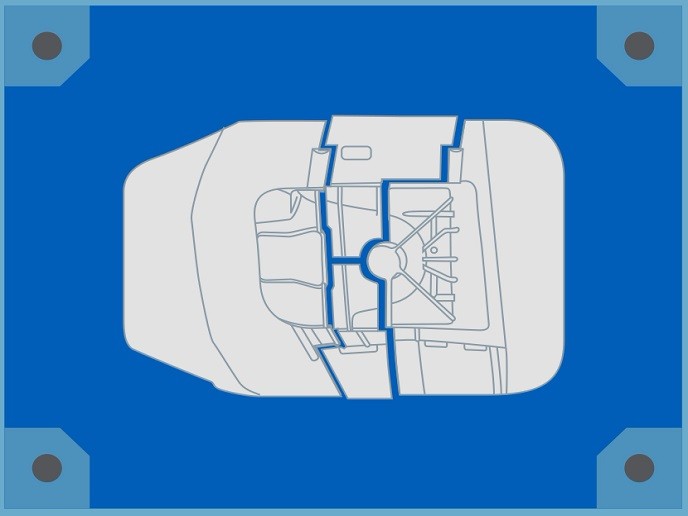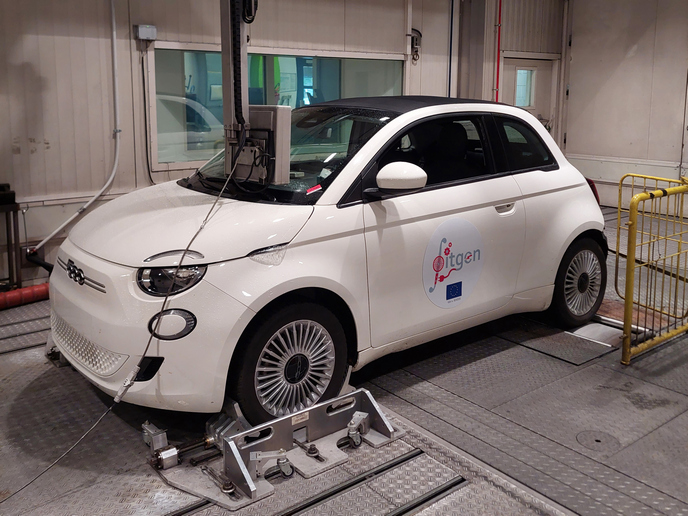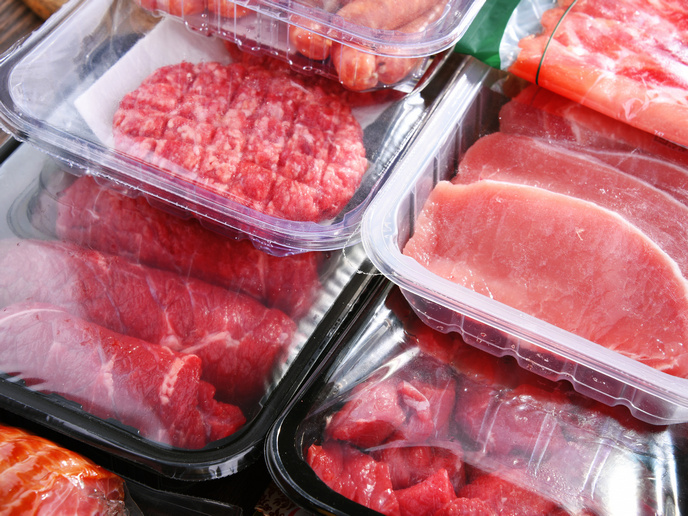New die-casting method helps car manufacturers reduce CO2 emissions
Die-casting is a technique for moulding molten aluminium or magnesium. It involves injecting molten metal into a steel mould at high pressures. Useful for accurately moulding components featuring complex shapes, die-casting is extensively applied to the automotive industry. Currently, car parts are made from steel, but die-casting with aluminium would mean substantially lowered weights. This would improve emissions performance, helping car manufacturers meet strict EU regulations concerning exhaust emissions. Manufacturers are facing fines if they do not meet the targets. Unfortunately, the steel moulds (dies) do not last long to cover the whole of an automotive programme lifetime. A standard die can produce 80 000 to 120 000 parts, whereas automotive parts are produced in millions. For die-casting to be used in automotive manufacturing, the dies would need replacing many times. The dies’ complex shapes require high-level expertise to make, adding to the costs. The EU-funded PUZZLE_DIE project developed a new approach to die manufacture that extends the dies’ operational life 50-150 %. The key principle was preventing the fatigue accumulation that leads to the dies breaking.
Controlled breakage
Understanding how and where dies are likely to fail enables engineers to design them to fail in controlled ways. This is achieved by designing dies to include lines that separate the mould segments, like parts of a puzzle. The lines are placed exactly where the die would eventually break anyway due to stress. “It is based on a simple principle,” explains Claudio Gilson, project coordinator, “‘what is already broken can’t break any further’.” During preliminary simulation work, engineers used the project’s patented algorithms to predict where the separation lines need to go. Achieving the right level of line placement accuracy took more time than the team originally expected. The software works, but still requires some refinement.
Development complete
The project began with the fundamental engineering completed to an advanced stage of readiness (technology readiness level 9). “Our main development phase can be considered as complete,” reports Gilson. “We have already manufactured several dies, and the idea has been working since the beginning.” Researchers worked with technicians in likely customer companies to test the new method. As a result, the team has been using the same dies to produce up to 300 000 parts. This will mean a substantial saving on the unit price compared to parts cast using standard methods. The project’s next steps will be mainly commercial. The team hopes to convince all original equipment manufacturers that the puzzle-die idea can be applied to most die-casting components as a standard. Achieving this will also require the project team to persuade manufacturers to change their approaches to quality management and tool purchase. The team has made good progress towards realising this. Additionally, researchers will be working on Intellectual Property protection. The result will dramatically extend the dies’ lifespan. This feasibly allows car manufacturers to introduce die-casting and to achieve emissions targets. The weight savings should also make cars cheaper to run.
Keywords
PUZZLE_DIE, die-cast, emissions, automotive, car manufacturers, aluminium, moulding, steel mould







